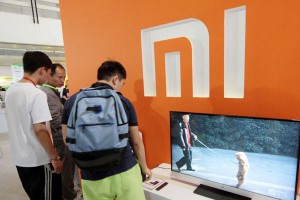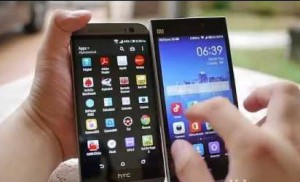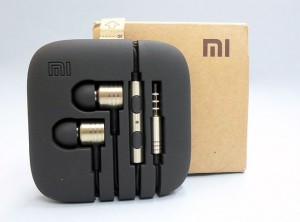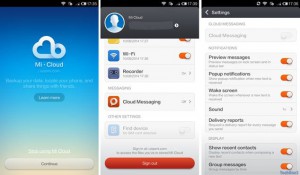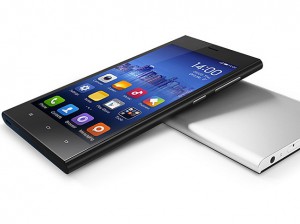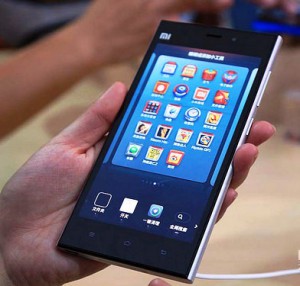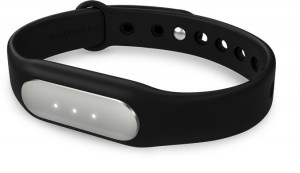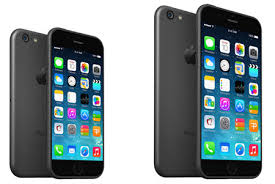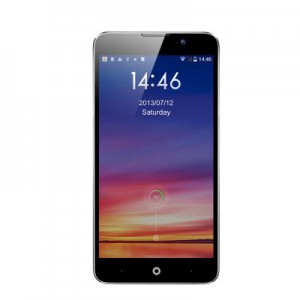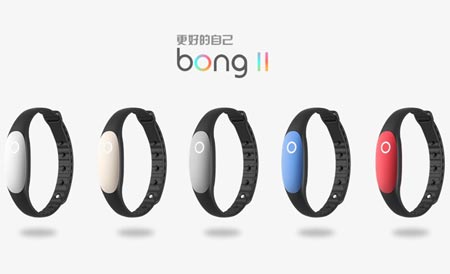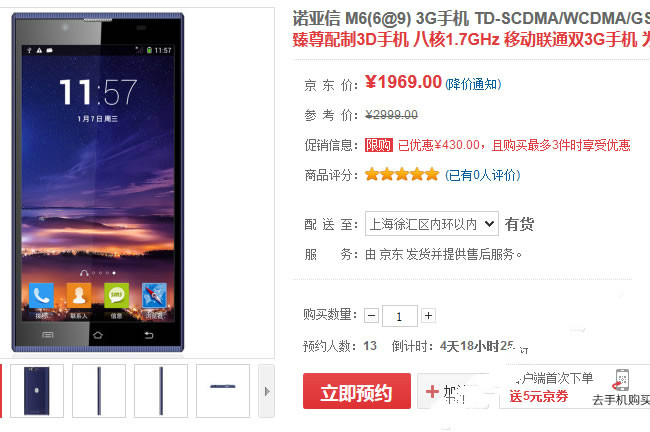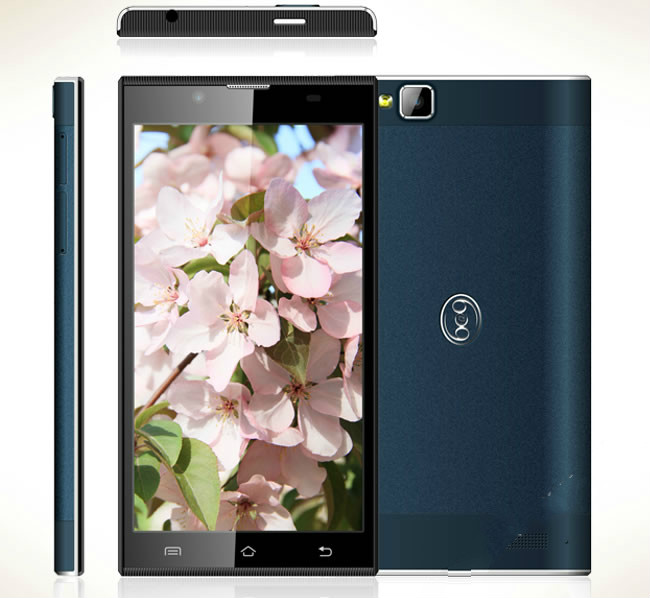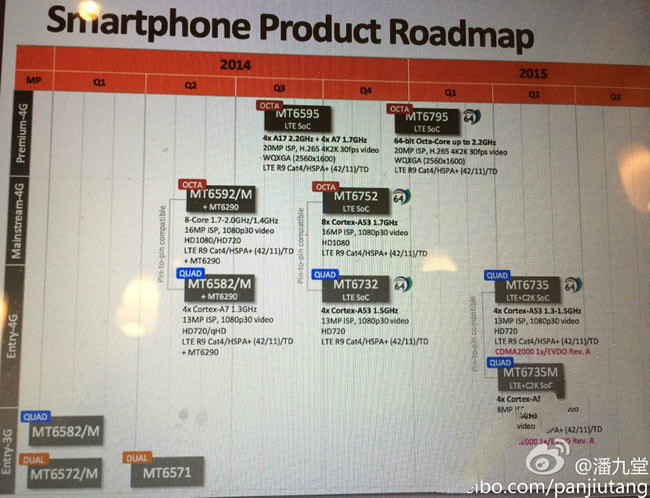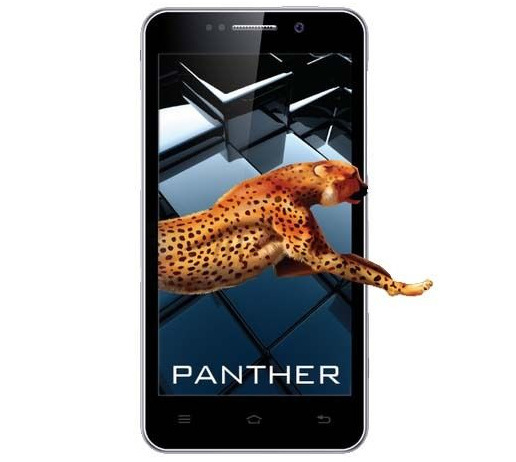Display
Now that there is an actual competitive market for QHD smartphone screens that are available to the public, it is high time that we took a look at the best of the best. Today I’ll be comparing two different sets; the Oppo Find 7 and the Lenovo Vibe Z2 Pro. Both of these devices provide an IPS QHD display with a resolution of 2560 x 1440.The Lenovo Vibe Z2 has a lower pixel density than the Oppo Find 7; which is due to the difference in screen size. The Vibe Z2 has a 6 inch display, while the Find 7 has a slightly smaller screen, at 5.5 inches. Obviously the latter will have somewhat better screen resolution. Along with its’ larger screen, the Vibe Z2 is also equipped with a larger battery; 4000mAh compared to the Find 7’s 3000mAh unit. Both handsets have a lot of followers who swear by them; neither is likely to disappoint consumers.
Processor and Memory
When it comes to processors and memory capabilities; these two devices are nearly identical. Both of these smartphones are equipped with a quad-core 2.5GHz 801 (Oppo first featured this processor in their Flagship, Lenovo followed suit with their K920 model). Both devices are also equipped with 3GB of RAM.
Storage
The storage capacity differences between these two smartphones are rather significant. While both phones come standard with 32GB of internal storage, the Oppo Find 7 has the bonus feature of possessing a microSD card slot; making it possible to double your overall storage.
Camera
Both the Oppo Find 7 and the Lenovo Vibe Z2 are equipped with 5MP front-facing cameras for easily taking photos of yourself or snapchat. The Oppo Find 7 is equipped with a BSI sensor, dual LED flash and a 13MP snapper located on the back side. The Lenovo Vibe Z2 is equipped with a slightly better camera; a 16MP with OIS and a dual LED flash.
Design and Features
The Oppo Find 7 has a titanium alloy frame and removable/chargeable battery. The Lenovo Vibe Z2 is a good looking compact metal frame build. The Vibe Z2 is running KitKat 4.4.2; which is one of the reasons it is such a popular attractive model. It is also equipped with dual-SIM. The Find 7 model is not equipped with either. It does however come standard with an Ultra-HD feature, which allows users to take 50MP pics.
Final Evaluation
In the end, obviously it all comes down to features and affordability. For those with abnormally high storage capacity requirements for their devices, the Oppo Find 7 is probably the best choice. If you’re more concerned about having the largest display possible, the Lenovo Vibe Z2 is probably the better choice between the two devices. It is in my opinion, the more attractive of the two models as well. Rumored that it will be priced at around $700; the Lenovo Vibe Z2 is only $100 more than the Oppo Find 7; really not a deal breaker for those who really want the larger display.

